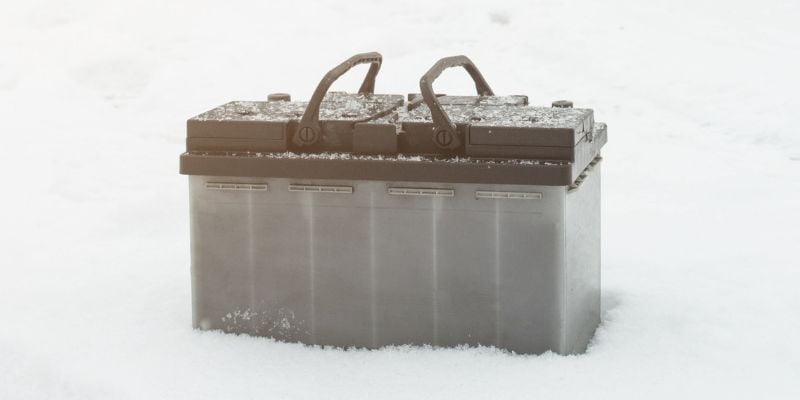The winter isn’t just harsh on us – it can wreak havoc on our battery systems, too. That’s because winter weather reduces battery capacity and can even drastically shorten lifespan. Fortunately, you can optimize battery performance, capacity, and lifespan year-round with just a few strategies.
Select Batteries Built to Last
Engineering and construction methods play a critical role in battery performance and lifespan. Even if batteries have identical specifications, differences in materials or construction can affect how they perform in harsh conditions. As an example, thicker lead plates and more active material allow for additional chemical reactions – and that translates into longer life.
Advance assembly methods such as automated production can improve lifespan and quality while reducing maintenance requirements. A key breakthrough here is Cast On Strap (COS) assembly. Crown Battery’s proprietary system allows for 4000 adjustments – compared to just 40 adjustments for hand welding.
Keep batteries warm and insulated
Batteries operate best between 50°F and 85°F. And they lose capacity as temperatures drop below 32°F (0°C). While the cold-induced capacity loss is temporary, it can reduce your storage at the worst time – when solar production is decreased and system loads are often highest.
Crown’s engineers and leading installers recommend storing batteries in insulated enclosures. Key requirements include adequate thermal mass, no direct sunlight, and for flooded batteries, good ventilation in a shed, garage, or other structure. If you’re using batteries outside for a different application, consider adding insulation or storing them indoors when not in use.
Size your system for no more than 50% Depth of Discharge (DOD)
No matter what battery technology you have, is important to have a safe energy buffer – additional power you can use when electrical demands are higher, batteries are operating at a lower capacity, or production is lower.
Every battery technology can safely handle a different Depth of Discharge. But to keep your equipment or home running, aim not to exceed 50% DOD. If your system routinely deep discharges beyond 50%, consider adding additional batteries to prolong life span.
routine preventative maintenance
Every battery requires a routine visual inspection to perform at its best – even AGM and lithium-ion. Here are key maintenance steps to make sure your battery will optimally preform:
- Visual inspection
- Specific gravity inspection
- Cleaning
- Testing open-circuit voltage and electrical loads
- Watering
- Equalization
- Crown Battery’s engineers have refined and crafted comprehensive maintenance guides for most common battery types and applications.











